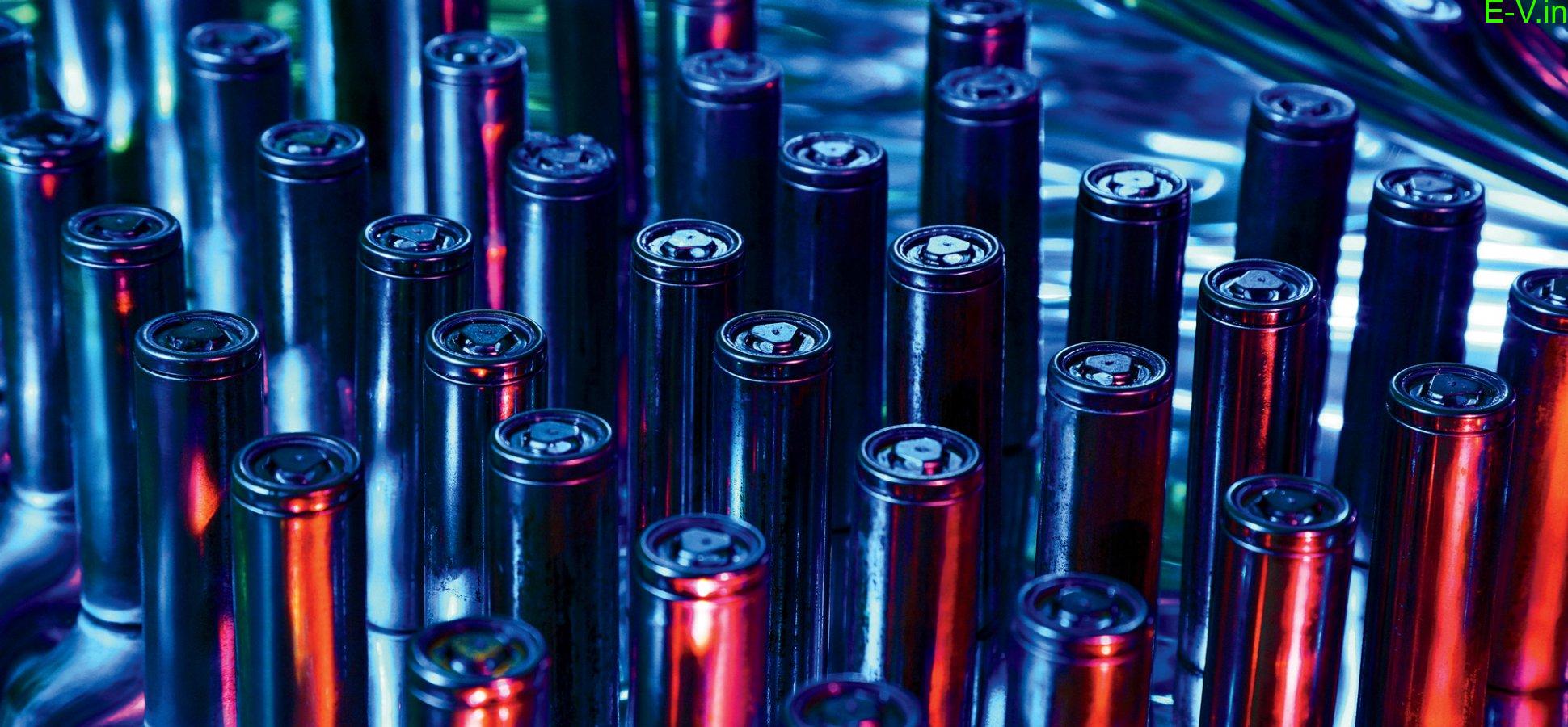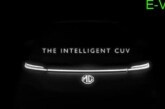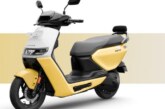
The Indian government has been discovering approaches to push for electric mobility in the nation as it plans for 30% electric vehicle reliance by 2030. Besides the enormous number of electric vehicles on roads, the government is additionally concentrating on the framework regarding the Infrastructure and manufacturing issues. Read more to know about the new-age battery technologies.
- To avoid dependency on China, the Indian government is planning to create an alternative, new-age battery technologies.
- Indian Government propelled the National Mission on Transformative Mobility and Battery Storage. The legislature is hoping to utilize advanced chemical cells.
Indian government is planning to create New-Age Battery Technologies
Similarly, the worries of lithium-ion battery and its import from China and other such nations, the administration is now apparently taking a gander at various choices of battery advances, such as polymer-based solid-state batteries. The plan is to prevent India from falling in a vulnerable position with a probable threat of supply crush which has happened in the case of crude oil, with India being the world’s third-biggest oil merchant.
New-age battery technologies
Alternative technologies of Li-ion batteries
It is to be noticed that with proceeded with international stress, India is vulnerable as it imports over 80% of its oil prerequisites and around 18% of its gaseous petrol. In this manner, the administration is hoping to utilize advanced chemical cells that offer an option in contrast to lithium storage batteries are metal hydride, zinc-air, sodium air, and nickel-zinc among others.
For this, the country has set up an inter-ministerial committee chaired by Amitabh Kant, CEO, NITI Aayog. The National Mission on Transformative Mobility and Battery Storage include secretaries from the ministries of road transport and highways, power, new and renewable energy, and the departments of science and technology, heavy industries, industrial policy and promotion and has held various gatherings to execute the plan.
Recently, a NITI Aayog report had said that besides the presently accessible Lithium-ion batteries, future improvements in battery science may yield another new age of batteries which will incorporate ‘solid-state’ batteries that guarantee a capacity limit of around 1000 WH/Kg and 80 percent charge in around 10 minutes.
Difficulties in adopting Electric Vehicles
But these batteries are still at the research facility phase and would take some time to be economically accessible. The significant difficulties behind electric vehicle reception are the high cost of the vehicles and the absence of appropriate charging framework. Overwhelming imports of battery parts from China and different nations additionally expand the costs of vehicles, which preventing the customers from choosing electric vehicles instead of fuel run vehicles.
Invitation to manufacturing companies
In June, the central government was thinking about welcoming organizations to meet up and set up 50-GW battery manufacturing base in India with speculation of $50 Bn and other financial support.
If everything will go as per the plan, then our India won’t rely upon some other nations for bringing in batteries for EVs.
For any promotions and advertisements on electricvehicles.in, you can reach us through email support@electricvehicles.inFor the latest updates on electric vehicles, follow electricvehicles.in on Twitter, Instagram, Facebook and subscribe to our YouTube Channel.







